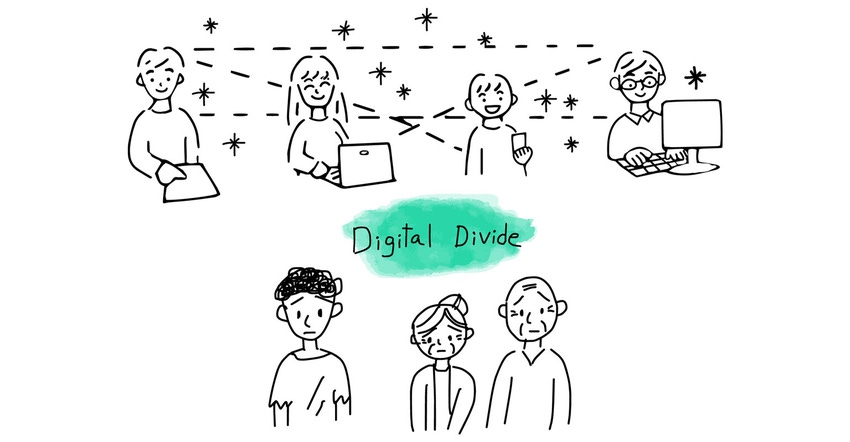November 25, 2022

The stories of rural children traveling to town to sit in the family car and bum a Wi-Fi signal off the local co-op got a lot of attention. For some time, farm families have been victims of the digital divide, and the U.S. Education Department is focusing on closing the gap in ways that can build for the future.
In a recent call, sponsored by Business Forward, representatives at the department’s Office of Educational Technology discussed the digital divide, or homework gap, as some call it. The Office of Ed Tech is working on digital equity — ensuring all communities have access to the internet and programs to support education, apprenticeship programs and workforce training.
While the national spotlight often shines on communities of color, rural communities came up many times during the call. Ji Soo Song, digital equity adviser at the Education Department, said it’s his job to “collaborate with partners across different agencies to help maximize the impact of programs and policies around broadband and digital equity, and help them think about what it means for our students.”
The office instituted a series of Digital Equity Education Roundtables to help develop digital equity plans with funds from the Bipartisan Infrastructure Law. That bill includes $65 billion for closing the digital divide, which Soo noted may not be enough.
“We know that $65 billion in the Bipartisan Infrastructure Law is a large some, but some have pointed out that this may not be enough,” he said. “We’re going to need the support of the private sector to make sure we’re accelerating the solutions.”
3 A’s to target
Soo discussed three areas of focus when discussing digital equity — availability, affordability and adoption. The first is about laying wires, or putting up towers, to bring connectivity to disconnected communities. This time-intensive effort continues.
However, once that access is finished and high-speed internet is available to a community, can they afford it? This is an issue not only in major cities where poverty can be a problem, but also in rural communities where income levels may be limited. Programs are available to provide high-speed web access to people based on financial need, which Soo said is important. But there’s another gap that has to close: adoption.
“We intentionally give the most attention to the issue of adoption, as our colleagues work on issues of broadband availability and affordability,” Soo said. “We didn’t want state leaders to overlook the issue that human-level issues can prevent a lot of different communities from accessing broadband, even when availability and affordability solutions are there.”
These human-level issues range from training for new tools to accessing devices to using an affordable broadband connection. Just because someone has a smartphone with apps doesn’t mean they are comfortable, or have the training, to use them. Overcoming those issues will take local community involvement, Soo said.
Workforce opportunity
One topic brought forth during the call was “apprenticeship.” A broadband connection could help bring people into new jobs with tech-supported training. With broadband availability, apprenticeship opportunities could build local career pathways in hometowns and school systems, and enhance workforce opportunities.
This is important looking at the needs of the infrastructure act, and the challenge of having a trained workforce to help make that law viable.
Kristina Ishmael, head of the Office of Ed Tech, said this digital divide is found elsewhere outside of the U.S. “We know this is an issue that other countries are facing as far as the homework gap, or digital divide. We are not alone by any means,” she says.
Ishmael said education is “not confined to the four walls of a school building” — students of all ages need access to broadband. In the past, doing homework meant having a pencil and paper, but today, “you cannot do homework or your learning without access to a device and reliable high-speed internet.”
The Federal Communications Commission along with the Education Department and other agencies are working on ways to leverage that $65 billion investment to close the gap. To learn more about the digital equity effort, read the Education Department's new report.
About the Author(s)
You May Also Like






